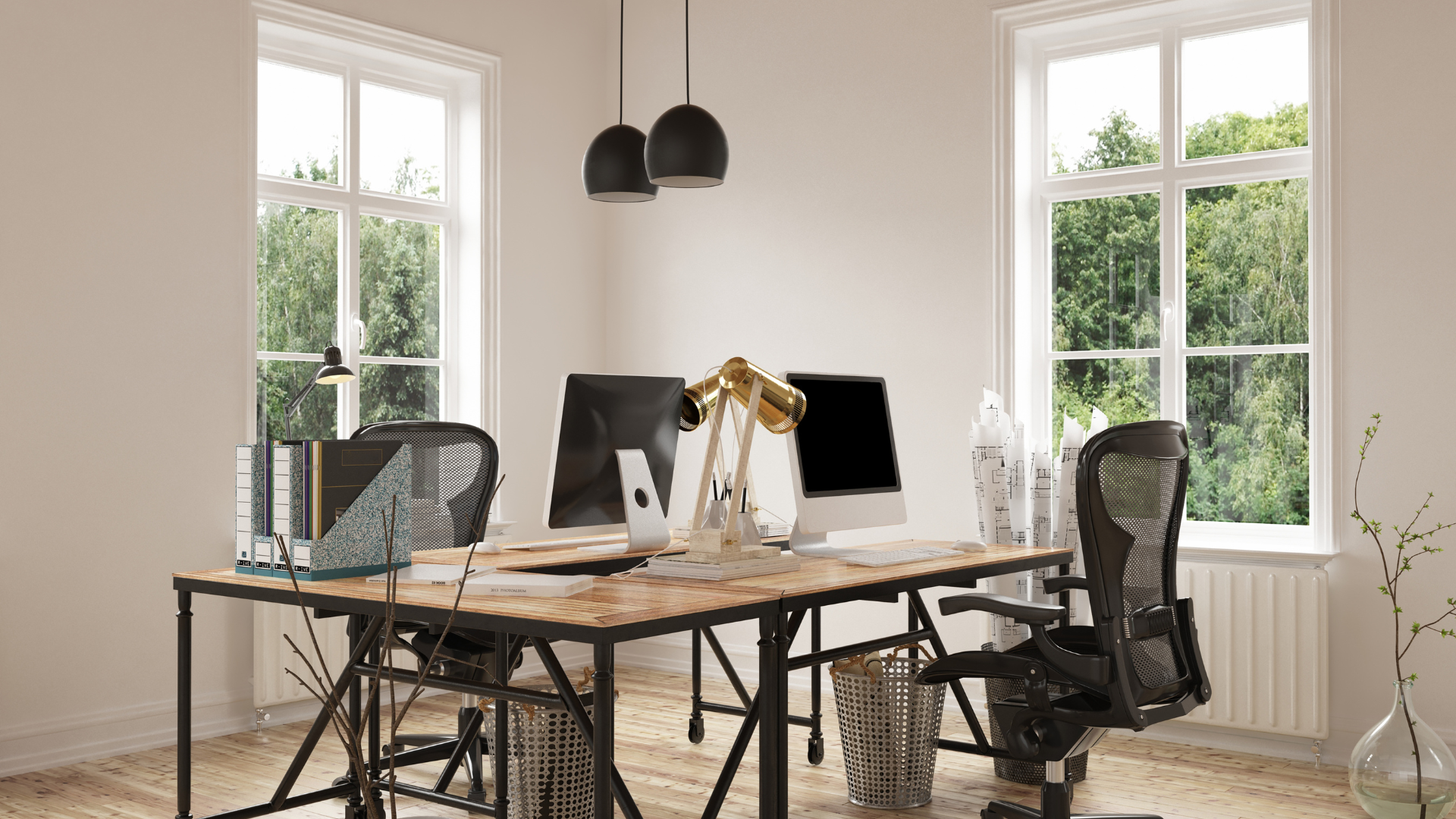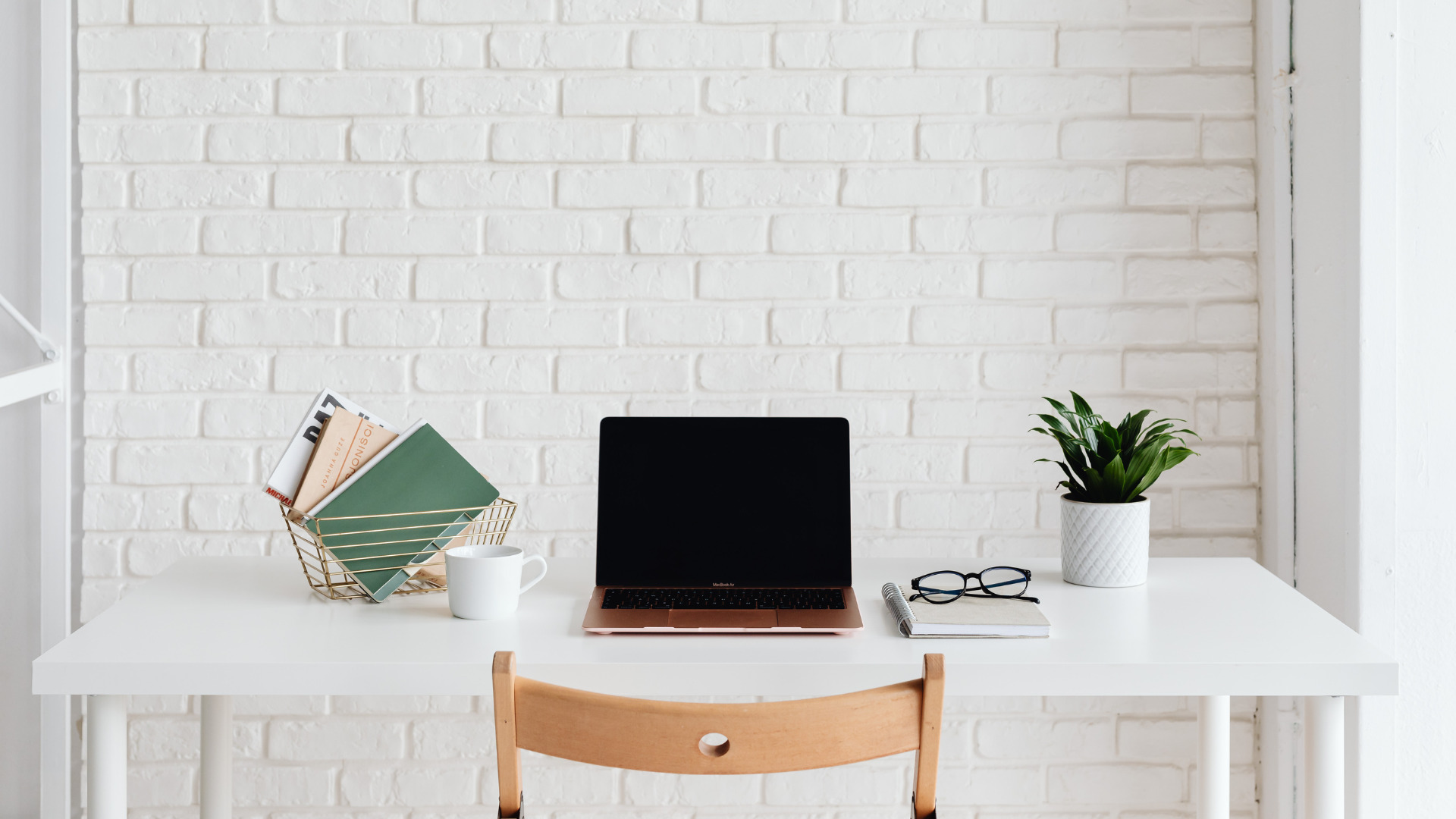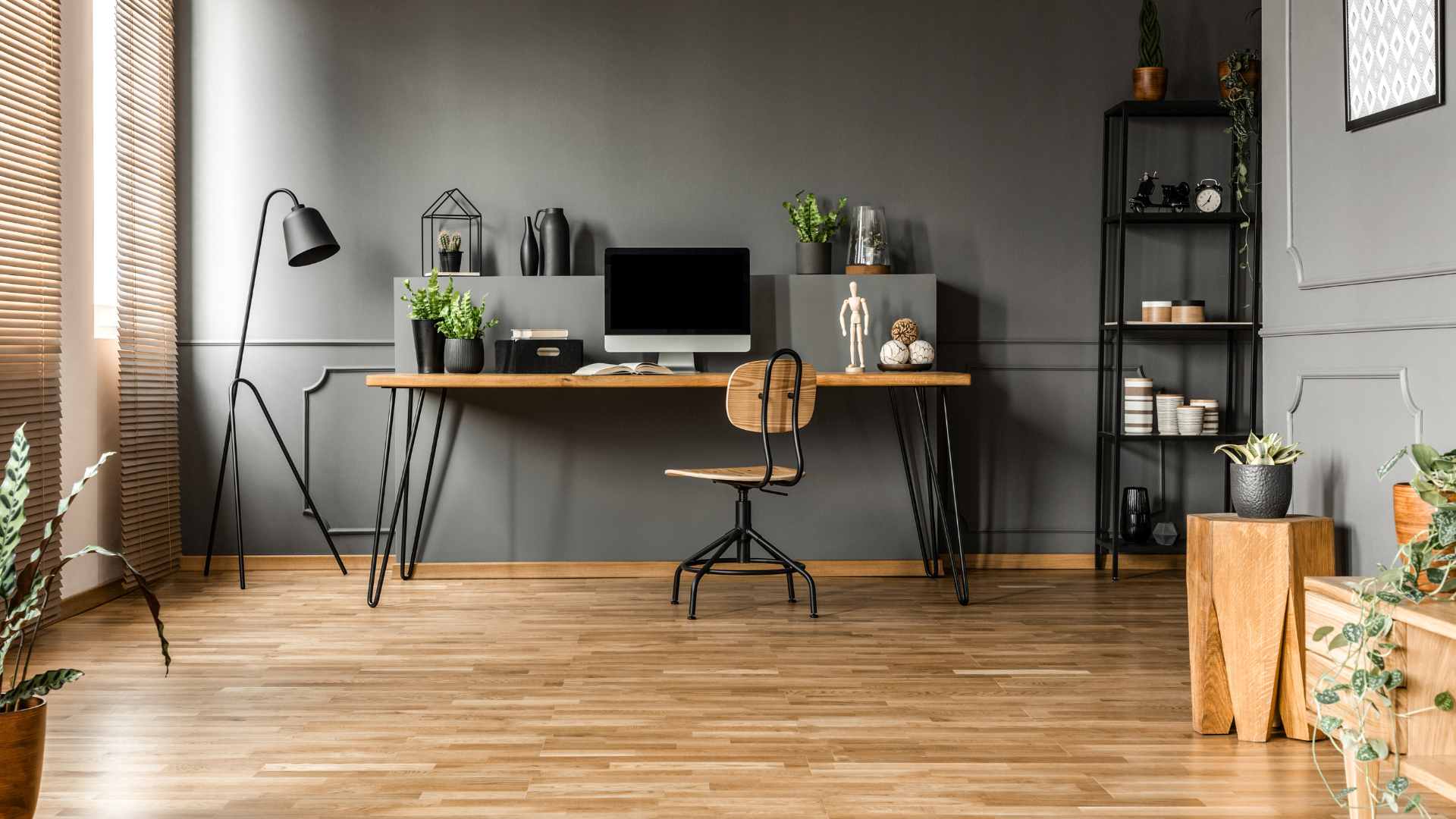Biohacking is popular for optimizing health through diet, exercise, and supplements, but transforming your environment is equally crucial. ‘Transform Your Environment: Biohacking for Better Health’ explores how environmental biohacking can enhance well-being by strategically improving your surroundings. This article offers practical tips for creating healthier, more supportive home and office spaces.
Understanding Environmental Biohacking
What is Environmental Biohacking?
Environmental biohacking involves modifying your physical environment to improve health, productivity, and overall well-being. This can include changes to lighting, air quality, ergonomics, and even the use of specific technologies to optimize your living and working spaces.
Benefits of Environmental Biohacking
- Enhanced Productivity: Improved lighting, air quality, and ergonomic setups can boost focus and efficiency.
- Better Sleep: Creating a sleep-friendly environment can lead to better rest and overall health.
- Reduced Stress: Calming environments can lower stress levels and improve mental health.
- Enhanced Physical Health: Clean air, proper lighting, and ergonomic furniture can reduce the risk of physical ailments.
Optimizing Your Home Environment
Lighting
Lighting has a profound impact on our circadian rhythms, mood, and productivity.
Natural Light
- Maximize Daylight: Open curtains and blinds to let in natural light during the day. Position your workspace near windows if possible.
- Use Light Therapy: In areas with limited natural light, consider using light therapy lamps to simulate daylight and regulate your sleep-wake cycle.
Artificial Light
- Choose the Right Bulbs: Use LED bulbs with adjustable color temperatures. Warm light in the evening can help signal it’s time to wind down, while cooler light during the day can enhance alertness.
- Dimmer Switches: Install dimmer switches to control light intensity and create a relaxing atmosphere in the evening.
Air Quality
Clean air is essential for good health. Poor air quality can lead to respiratory issues, allergies, and reduced cognitive function.
Air Purification
- Invest in Air Purifiers: High-quality air purifiers can remove pollutants, allergens, and toxins from the air.
- Houseplants: Certain houseplants, like snake plants and spider plants, can improve indoor air quality by absorbing toxins.
Ventilation
- Proper Ventilation: Ensure your home is well-ventilated. Open windows regularly to allow fresh air in.
- Humidity Control: Use humidifiers or dehumidifiers to maintain optimal humidity levels (30-50%) to prevent mold growth and respiratory issues.
Sleep Environment
A restful sleep environment is crucial for overall health and well-being.
Bedroom Setup
- Comfortable Mattress and Pillows: Invest in a high-quality mattress and pillows that support your sleeping posture.
- Darkness: Use blackout curtains or eye masks to create a dark sleeping environment.
- Cool Temperature: Keep your bedroom cool (around 60-67°F or 15-19°C) to promote better sleep.
Technology-Free Zone
- Limit Electronic Devices: Keep electronic devices out of the bedroom or turn them off at least an hour before bed to reduce blue light exposure.
- Create a Relaxing Routine: Establish a bedtime routine that helps you unwind, such as reading a book or taking a warm bath.
Enhancing Your Office Environment

Ergonomics
Proper ergonomics can prevent physical strain and improve productivity.
Desk and Chair Setup
- Adjustable Desk: Consider a sit-stand desk to alternate between sitting and standing throughout the day.
- Ergonomic Chair: Invest in an ergonomic chair that supports your lower back and promotes good posture.
- Monitor Placement: Position your monitor at eye level to avoid neck strain.
Keyboard and Mouse
- Ergonomic Accessories: Use an ergonomic keyboard and mouse to reduce strain on your wrists and hands.
- Proper Placement: Keep your keyboard and mouse at a comfortable distance to maintain a natural hand position.
Lighting for Productivity
Proper lighting can reduce eye strain and enhance focus.
- Task Lighting: Use task lighting, such as desk lamps, to illuminate your workspace without causing glare on your computer screen.
- Adjustable Lighting: Ensure your workspace has adjustable lighting options to adapt to different tasks and times of day.
Air Quality in the Office
Clean air can enhance cognitive function and reduce sick days.
- Air Purifiers: Use air purifiers to remove pollutants and allergens from the office environment.
- Ventilation: Ensure proper ventilation to maintain fresh air circulation.
Noise Control
A quiet environment can improve concentration and reduce stress.
- Noise-Canceling Headphones: Invest in noise-canceling headphones to block out distracting sounds.
- Soundproofing: Use soundproofing materials or white noise machines to create a quieter workspace.
Incorporating Nature

Bringing elements of nature into your home and office can have significant benefits for mental and physical health.
Biophilic Design
Biophilic design involves incorporating natural elements into your environment.
- Natural Materials: Use natural materials like wood, stone, and plants in your decor.
- Green Spaces: Create green spaces with indoor plants or small gardens to enhance air quality and provide a calming atmosphere.
Outdoor Spaces
- Access to Nature: If possible, create outdoor spaces for relaxation and work, such as a garden or balcony.
- Regular Breaks: Take regular breaks to step outside and connect with nature.
Technology for Environmental Biohacking
Smart Home Devices
Smart home devices can help you monitor and control your environment more effectively.
- Smart Thermostats: Use smart thermostats to maintain optimal temperature and humidity levels.
- Air Quality Monitors: Install air quality monitors to track and improve indoor air quality.
- Smart Lighting: Use smart lighting systems to adjust light color and intensity throughout the day.
Wearable Technology
Wearable devices can provide valuable data to help you optimize your environment.
- Sleep Trackers: Use sleep trackers to monitor your sleep patterns and make adjustments to your sleep environment.
- Activity Monitors: Wear activity monitors to track your physical activity and ensure you’re getting enough movement throughout the day.
Practical Tips for Environmental Biohacking
- Start Small: Begin with simple changes, such as improving lighting or adding a few plants, and gradually make more significant adjustments.
- Monitor and Adjust: Use technology to monitor your environment and make adjustments based on data.
- Personalize Your Space: Tailor your environment to your specific needs and preferences.
- Stay Consistent: Maintain your biohacked environment consistently for long-term benefits.
- Educate Yourself: Stay informed about the latest research and trends in environmental biohacking to continuously improve your space.
Conclusion
Environmental biohacking offers a practical and effective way to enhance your home and office for optimal health and well-being. By making strategic changes to lighting, air quality, ergonomics, and incorporating elements of nature, you can create environments that support your physical and mental health. Embrace technology to monitor and adjust your space, and remember to personalize your environment to suit your unique needs. With these tips and strategies, you can elevate your living and working spaces, leading to a healthier, more productive, and fulfilling life.





